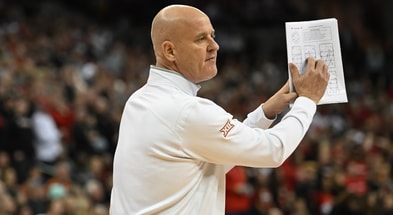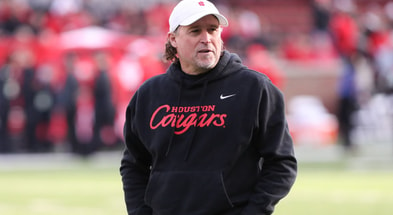NCAA lifting initial counter limits is welcome news to Steve Sarkisian
When the transfer portal came into being, there was no way to limit how many players could depart from a school. However, a natural deterrent existed in the form of players still having to sit out for a year after transferring, unless they received a waiver or were a grad transfer. Though players could leave, schools could still replenish their roster.
[Get a FREE 7-day trial of Inside Texas Plus!]
The one-time transfer rule then changed the landscape. Players could not only transfer, they could transfer and play immediately. The deterrent that often kept players out of the portal no longer was there. Players gained more agency over their collegiate career, a move that was popular with much of the college sports realm, but it left schools in difficult roster situations.
For example, if a school lost 40 players to the transfer portal, it was still restricted by the 25-man initial counter limit set down by the NCAA governing class sizes. The NCAA attempted to provide some relief last year, allowing football programs to replace up to seven players lost to transfer in addition to the 25-man class. Last Wednesday, the NCAA’s Division I Council gave schools greater capability to refill a roster in the age of the transfer portal.
The DI Council announced there will be no annual signing and initial counter limits for the next two academic years. According to the press release accompanying the announcement, “members issued a blanket waiver to allow Football Bowl Subdivision schools to award scholarships based on the overall counter limit of 85.”
In simple terms, football programs are limited only by the 85-man scholarship limit for the next two academic years. The move allows for teams that lost players for any reason to be able to fill the roster just as quickly as it was drained.
The portal certainly benefitted Steve Sarkisian’s Texas football program, which overhauled a significant portion of the roster during the offseason. Texas was the beneficiary of many portal decisions, but it also lost a decent number of players to the portal, too.
The recent move by the NCAA was welcomed by Texas’ head coach, who spoke about the subject on May 11 prior to a Texas Exes event in Dallas.
“I think with the transfer portal now, I think it’s probably a smart thing,” Sarkisian said. “We’re trying to sign a class in December and then in February, and then you just don’t know how many kids you might have leave your program, what attrition you might have post-spring. At that point, you’re trying to get yourself back to 85 and you may have used all your initials in the old format. Now, just to be able to get to 85 scholarships, I think it’s a good format and a good mechanism for it to work.”
As a result, no Division I school is limited to 25 counters in its recruiting class and seven portal players in replacement of scholarship roster members lost. It is conducive toward overhauling a roster, as Texas did this past offseason. It also allows schools who might struggle to reach the 85 scholarship cap to more easily approach that number without restrictions on the number of players they can bring in.
Overall, it’s a logical next step following the proliferation of the transfer portal and the increased use of the one-time transfer rule.
























